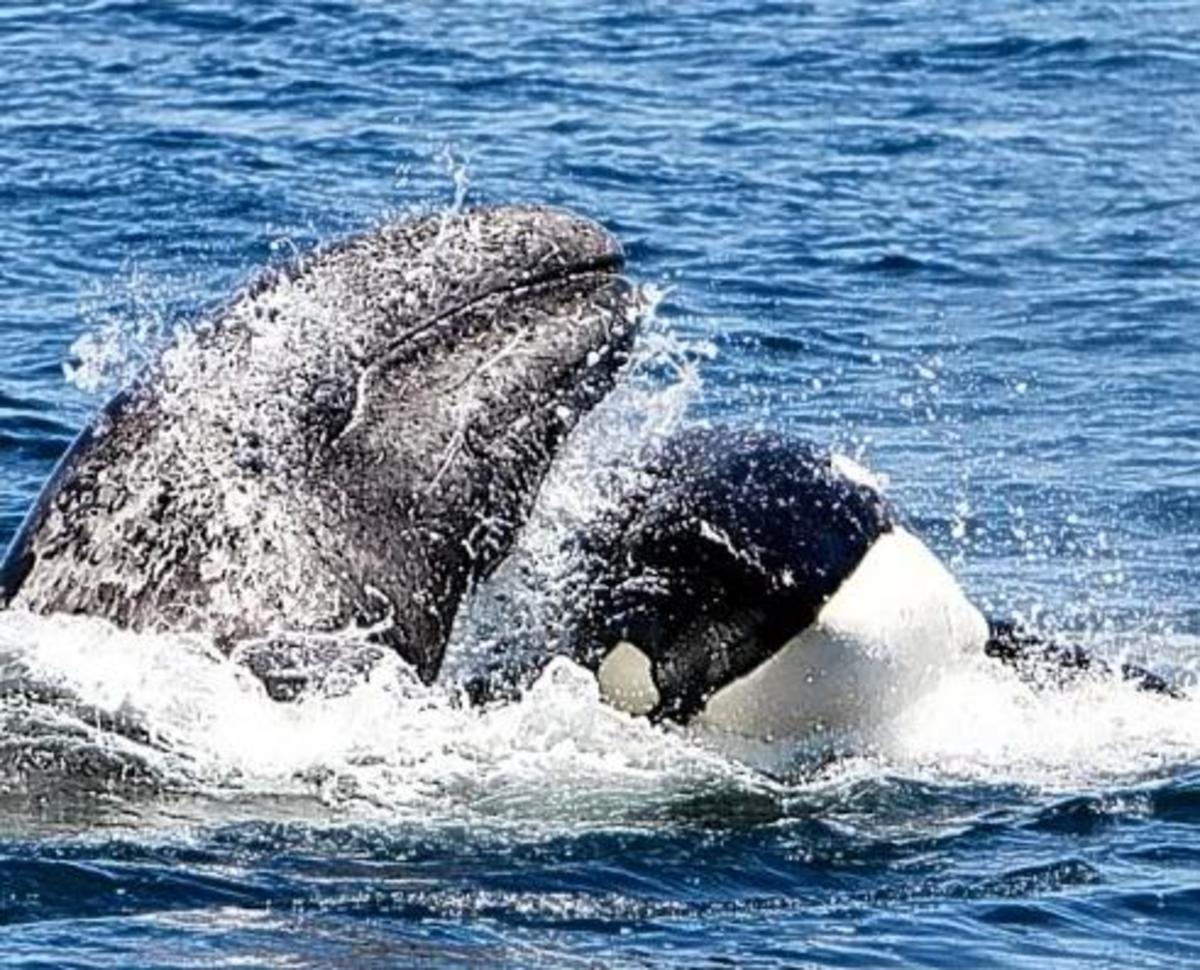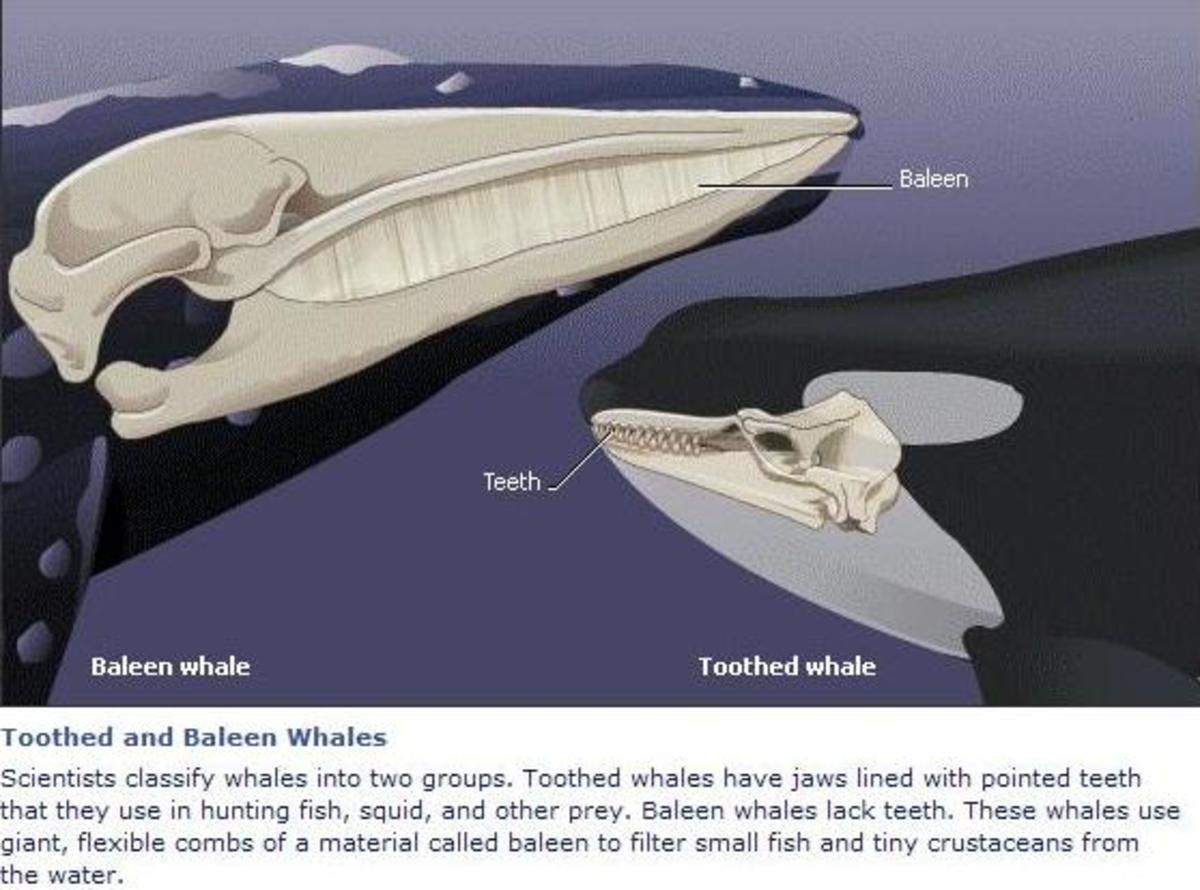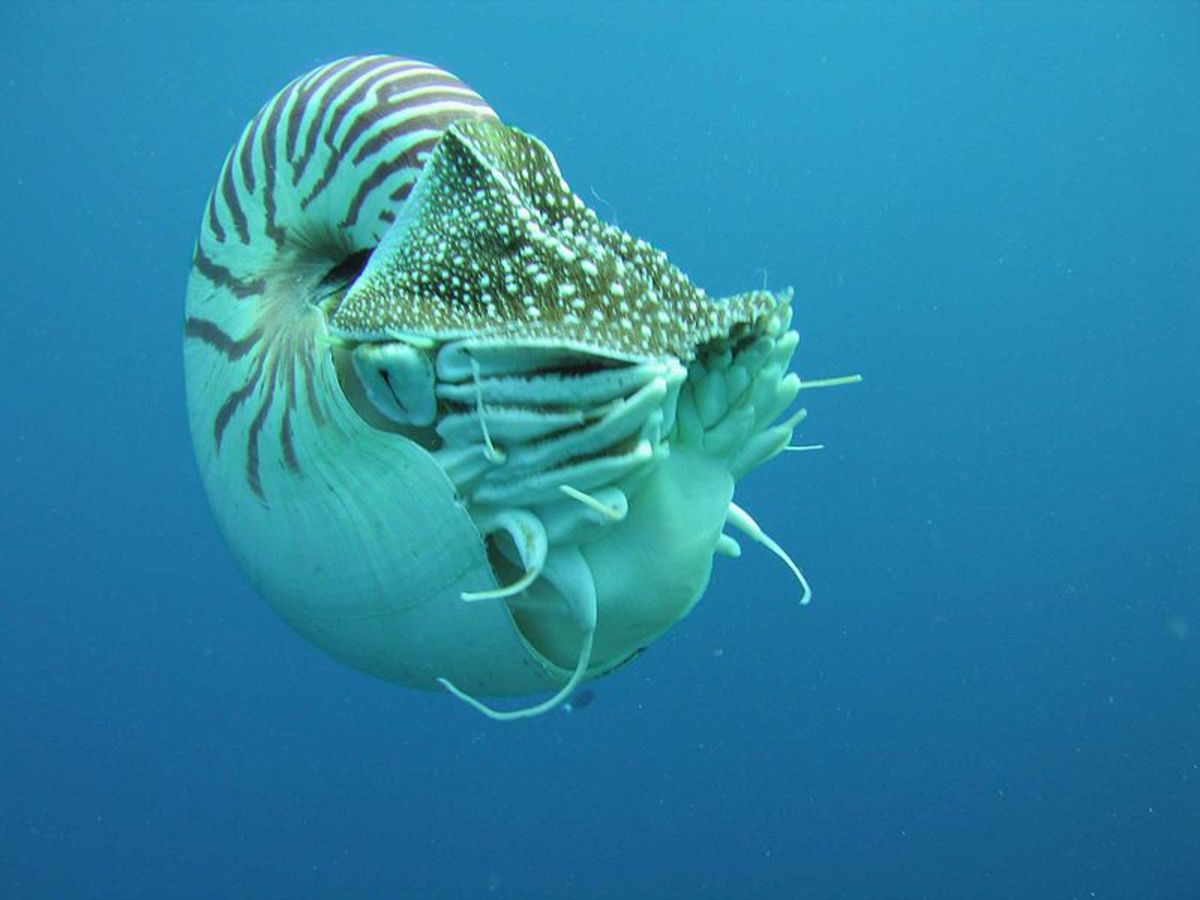- HubPages»
- Education and Science»
- Life Sciences»
- Marine Biology»
- Marine Life
Amazing Facts about Dolphins
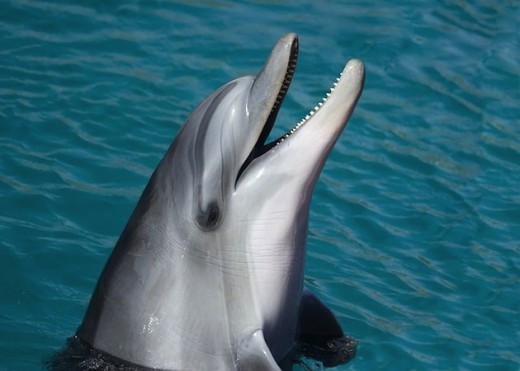
Dolphins are wonderful animals that seem to be very intelligent and friendly, characteristics that have fascinated humans for centuries.
While dolphins are loved by everybody, very few know about their life and dangers, their threats or even their basic facts.
Taxonomically speaking, dolphins belong to Cetacean order, which include the aquatic mammals most fully adapted to marine life. They, like other cetacean, went back to the ocean from land fifty million years ago.
Dolphins have been interacting with humans for long time, in fact, as long as we have knowledge of their existence. However, as and apex predator in the ocean, dolphins have not huge threats from marine animals, being their most dangerous enemy... humans.
10 Differences between Dolphins and Porpoises
- Penguin Facts, Emperor Penguins, Adelie Penguins, King Penguins
Penguins are well known for their tuxedo style of look with the black and white. They are a type of bird even though none of the species are able to fly. - Facts about Whales - Blue whale, Sperm whale, Humpback whale
Whales are not only the giants of the sea, but one of the most increadible creatures in the world. - Shark Information
- Hubpages about Pink Dolphins
Learn about the pink dolphins of the Amazon River
Top Facts about Dolphins
- Dolphins are mammals. They nurse their kids with milk from their mothers.
- Dolphins are cetaceans and they are classified in two suborders, marine and river dolphins.
- There are 41 species of dolphins according to Wiki-Species, being 36 oceanic and 5 fresh water dolphins.
- Dolphins are social creatures and they live in pods of 10 to 12 individuals which group for protection and feeding.
- Dolphins have very developed senses, including echolocation, a sonar-like sense used to locate food or dangers, but they lack of olfactory sense.
- Dolphins breathe through a blowhole located at the top of their bodies which take the air directly to their lungs.
- Dolphins eat fish like mackerel, herring, cod or squid.
- Dolphin's gestation period ranges from 11 to 17 months varying according to species.
- The most common dolphin is the bottlenose dolphin.
- Dolphin's biggest threat is human activity.
Dolphin Species
Dolphins belong to suborder Odontoceti which includes toothed whales.
This suborder splits into two families:
- Delphinidae, grouping ocean dolphins, and
- Platanistoidea, including river dolphins
There are 36 species of dolphins belonging to the family Delphinidae living in the ocean and 5 species of dolphins living in rivers, although the Chinese river dolphin is functionally extinct, remaining only 4 species of dolphins in rivers.
The best known dolphin or the image that most of us have from dolphins in pictures, movies or television is the bottlenose dolphin.
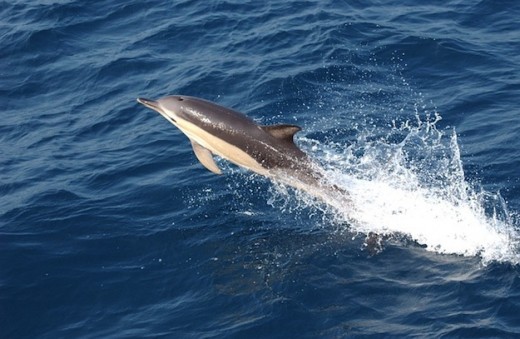
Dolphin Intelligence
Dolphin intelligence and behavior have been studied extensively by scientists.
It has been proved that dolphins are capable to engage in complex activities and playing even solving problems creatively.
During research, dolphins have been encountered using tools to perform tasks, like the well know case of dolphins in Australia using sponges to search for food at the bottom of the ocean to avoid abrasions to their skin.
Even more, some uncorroborated studies have suggested that dolphins are self-aware, and indicator of highly developed, abstract thinking.
Dolphin Reproduction
Reproduction in dolphins starts with copulation belly to belly between a pair of dolphins. If successful, it starts a gestation period which varies from species to species but that ranges from 11 to 17 months.
For bottlenose dolphins the gestation perios is around 12 months.
Calves are delivered after this time with the help of another dolphin which takes the role of a midwife.
As mammals, calves are nursed with milk from their mothers for up to 18 months, but they stay with their mothers for up to six years while they learn to hunt and survive by themselves.
Facts about Common Dolphins Video
Dolphin Communication
Dolphins communicate in several forms through whistles, clicks and sounds.
Although this kind of communication has been widely researched, there is still very little known about the amount of information that is carried in every sound.
What is already known is that some of these sounds are used to coordinate pods while hunting, improving the efficiency of the feeding effort.
Also, it is believed that identity information can be passed through some of these sounds.
Clicking is used as part of echolocation, a sonar-like technique used by dolphins and some other cetaceans to locate food or potential dangers.
Dolphin Social Life
Dolphins are social creatures and they live in groups called pods formed by 10 to 12 individuals.
Sometimes, they even join with other pods forming larger groups called super-pods when food is abundant for everyone, but this is just temporary.
Within the pod, dolphins protect each other, reproduce and take care of their babies. Pods are also very important for feeding as we will describe below.
It has even been proved that dolphins have cultural behavior at they transmit learned skills from mothers to younger dolphins, like the case described above when mothers teach their young how to use sponges to protect their mouths when searching for food.
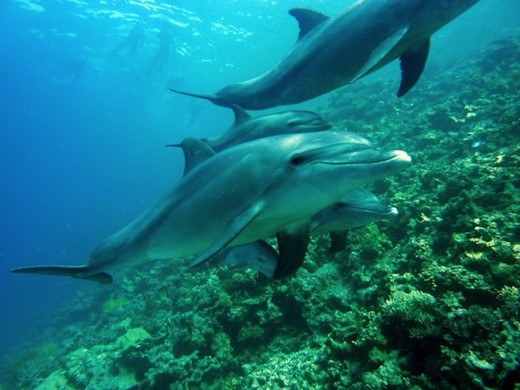
Dolphin Feeding
Dolphins eat fish like mackerel, cod and herring and squid. The amount of fish eaten varies according to the size of the species, but they usually consume between 5-10% of their body mass daily.
This means that a 250 Kg. dolphin consumes between 12.5 and 25 Kg of fish. The amount will depend on the kind of fish consumed and the amount of fat they have, which is needed by dolphins to get the energy for living.
To hunt, dolphins use several techniques being the most common of them herding, where a pod of dolphins surround a school of fish to keep them as tight as possible, and then dolphins take turns to dive through the compacted pod, feeding.
Threats to Dolphins
Dolphins have very few natural enemies, only a few species of large sharks are potential threat for dolphins, especially for calves.
By far, humans are the most dangerous predator for dolphins.
Activities like commercial fishing, contamination or change to dolphin habitats are the cause of thousands of dolphin casualties.
Finally, sound contamination of the ocean is believed to produce negative effects and disorientation on dolphins.
Although we love dolphins, knowing their incredible capabilities and characteristics will encourage all of us to take care of them.
What do dolphins eat?
Further Information
- Facts about Dolphins
Facts and Information about Dolphins and Killer Whales


